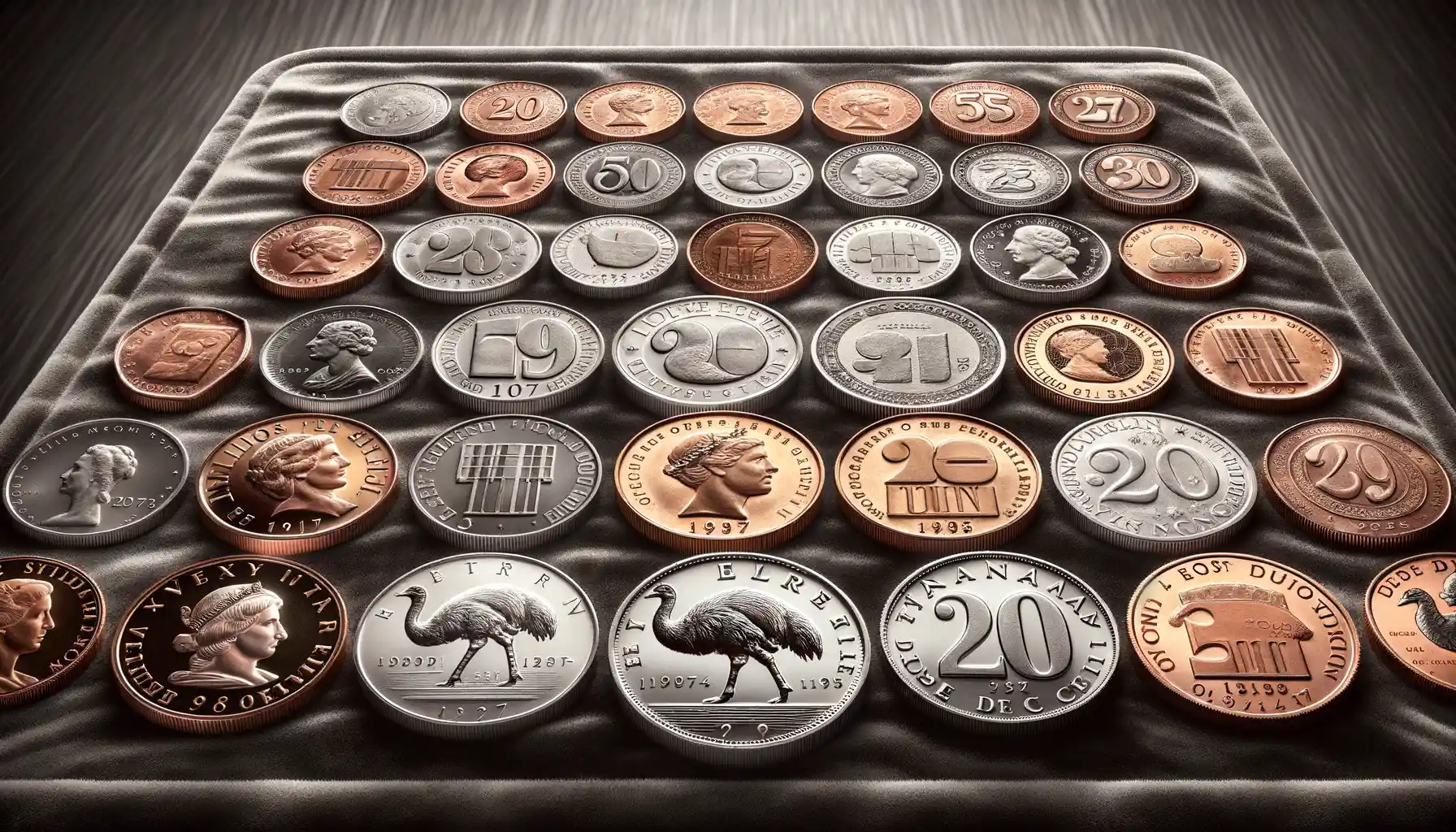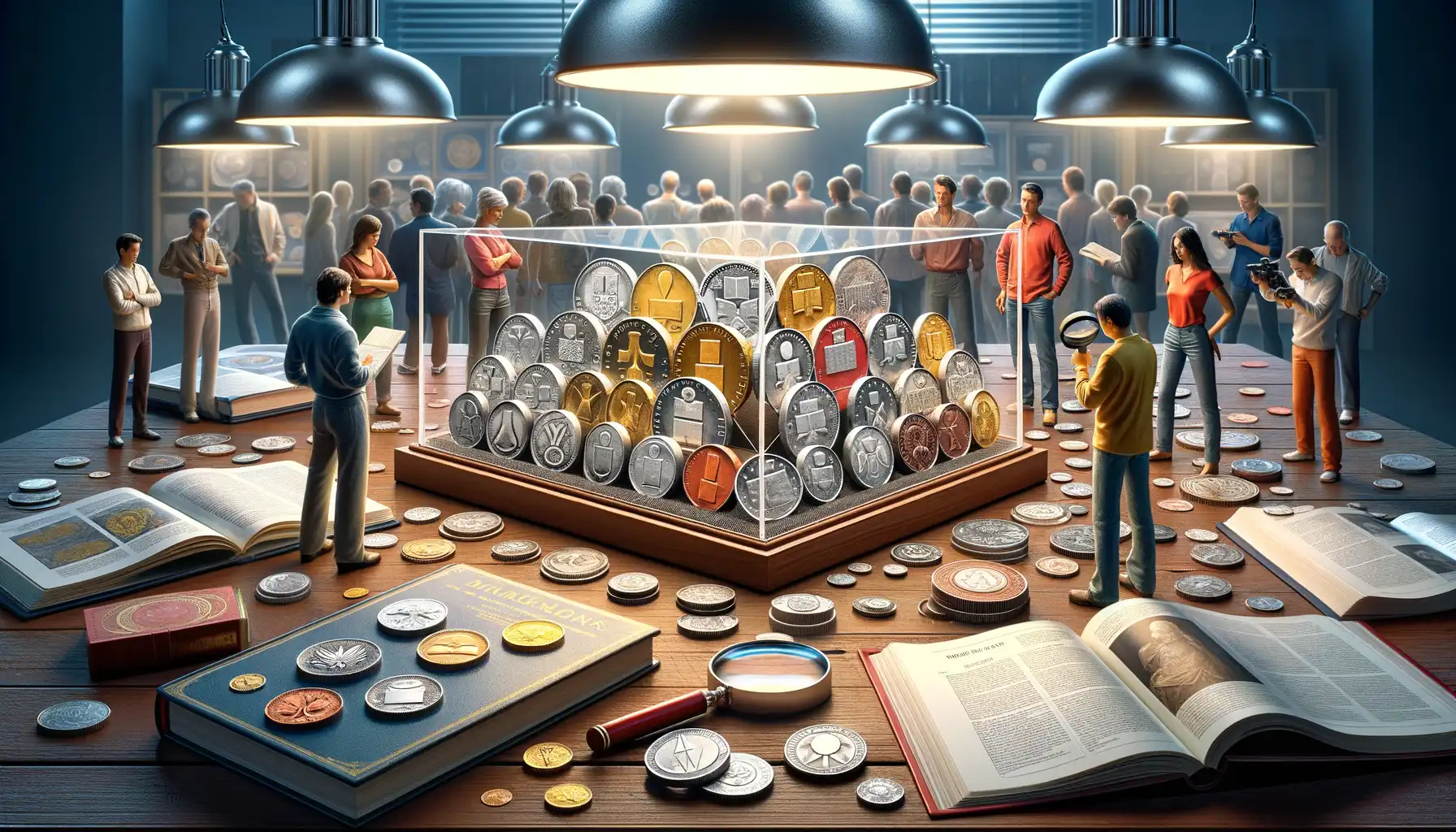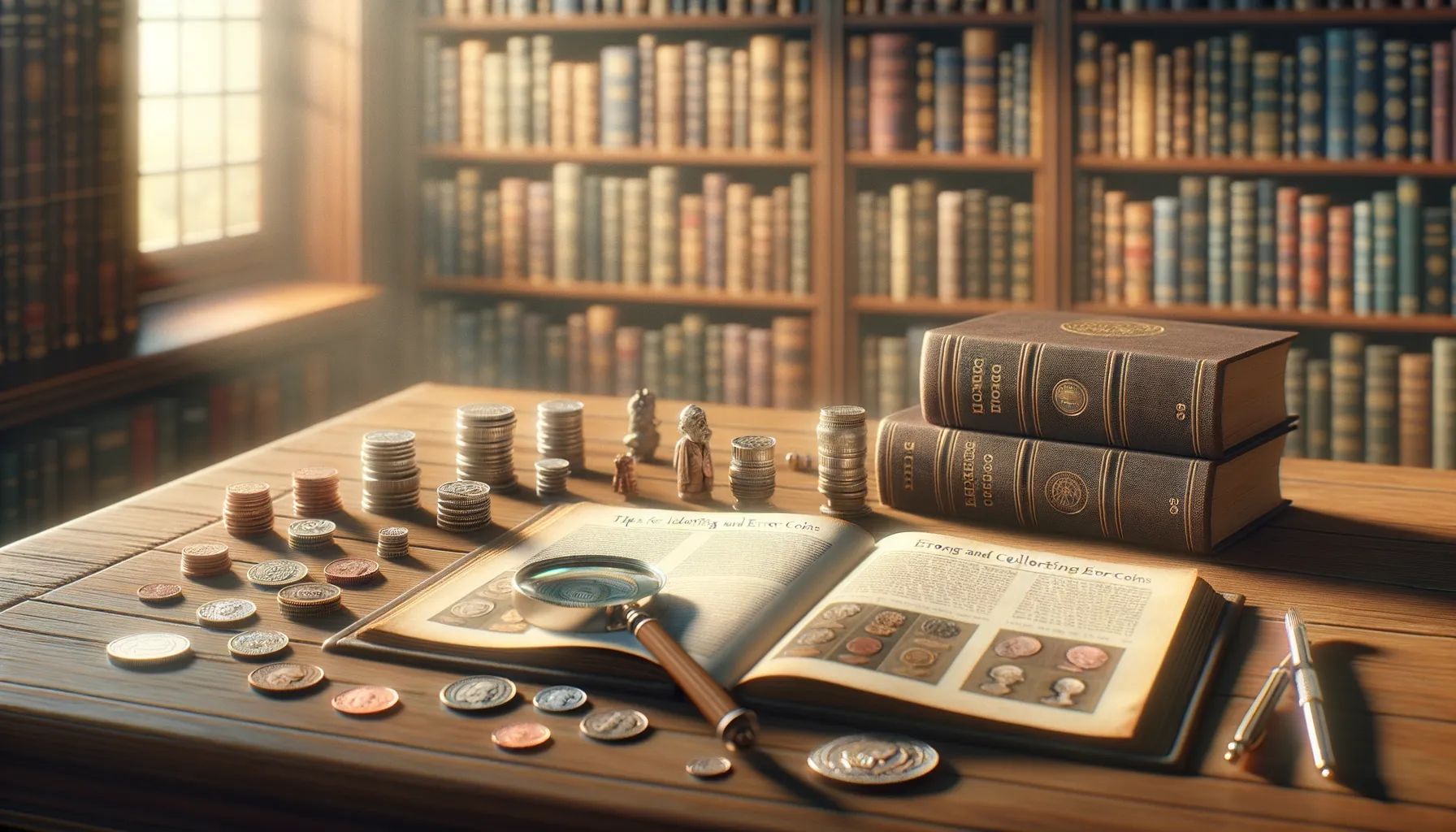Introduction to Rare Error Coins
Imagine holding a coin in your hand, a seemingly ordinary piece of metal, only to discover it holds a secret—a flaw so unique it’s worth more than a mansion! Welcome to the captivating world of rare error coins, where imperfection is the ultimate treasure. These coins break all the rules of minting, turning heads (and breaking bank accounts) at auctions worldwide.
What Makes a Coin an Error Coin?
An error coin isn’t just about a smudge here or there—it’s often the result of dramatic mishaps during production. Think of it as the rebellious teenager of the minting world: it went its own way during the process, and collectors love it for that reason alone. From misaligned dies to double strikes, these quirks make each error coin a one-of-a-kind masterpiece.
- Off-center strikes: Coins stamped outside the boundary, leaving part of the design missing.
- Planchet errors: Wrong-metal blanks, creating coins with unusual colors or textures.
- Double dies: Designs that appear doubled due to a misalignment during engraving.
The Thrill of Discovery
Error coins are like hidden treasures—nestled in plain sight. Picture someone discovering a 1943 copper penny, minted by mistake during wartime. That “oops” became a jackpot, fetching over a million dollars in an auction. These coins remind us that perfection isn’t always the goal; sometimes, it’s the flaws that shine brightest.
The Most Valuable Error Coins in History

The Astonishing Stories Behind Priceless Error Coins
For collectors, error coins are like rare treasures born out of imperfection—a bit like stumbling upon a misprinted Picasso that was never meant to exist. Some of these coins, thanks to their quirks, have fetched jaw-dropping amounts at auction. Let’s dive into the fascinating tales of a few legendary examples.
- The 1955 Doubled Die Lincoln Cent: Imagine holding a penny worth over $100,000 in your hand! This beauty became famous for its bold, doubled lettering, making it look almost like it had a shadow. A small batch slipped past inspectors, and now they’re among the most sought-after coins in U.S. history.
- 2000 Sacagawea Dollar “Mule” Error: Picture a coin with mismatched features—the face of a dollar and the back of a quarter. That’s what makes this mule error an absolute masterpiece. One sold for nearly $300,000!
- The 1974 Aluminum Penny: Yes, a penny made from aluminum! Meant to solve a copper shortage, only a handful of these prototypes survived. The rarity? Astronomical. The price tag? Even higher—one went for over $2 million!
Every scratch, mistake, or “oops” moment on these coins tells a story, turning them into priceless gems. Proof that sometimes errors really are golden!
Why Error Coins Are Highly Prized by Collectors

What Makes an Error Coin a Treasure?
Imagine finding a Picasso painting with a single, unintentional brushstroke out of place—still breathtaking, but undeniably unique. This is the allure of error coins. These aren’t just everyday pennies or nickels; they’re extraordinary pieces born from mistakes at the mint. Think of them as the delightful quirks in a world obsessed with perfection.
Collectors cherish these anomalies because they tell a story. A double-struck coin isn’t just rare—it’s a frozen moment where machinery faltered, leaving behind an accidental masterpiece. For example, the famous 1955 Lincoln Cent with its bold double die obverse feels almost rebellious, like a renegade in the coin world.
Why Collectors Obsess Over These Imperfections
From a collector’s lens, error coins ignite both curiosity and adrenaline. Here’s why:
- Scarcity breeds value: Errors are rare by nature, making each discovery a potential jackpot.
- A sense of connection: Holding an error coin is like shaking hands with history, as it reveals the human side of minting processes.
- Conversation starters: Imagine pulling out a misaligned Morgan Dollar at a dinner party—it’s guaranteed to cause a stir!
These “perfect imperfections” turn ordinary pocket change into legendary collectibles, prized for their rarity and undeniable charm.
Notable Auctions Featuring Rare Error Coins

Famous Auctions That Took the Coin World by Storm
Imagine standing in a buzzing auction room, the anticipation crackling like electricity in the air. Suddenly, the auctioneer calls out, “Sold for $1.15 million!” to a round of applause. Moments like these have made auctions featuring rare error coins the stuff of legend. Let’s dive into some of the standout stars.
One unforgettable example? The legendary 1943 copper penny. Struck by mistake during World War II when copper was restricted for wartime use, it defied the odds and raked in an astonishing $204,000 at auction. With its unexpected charm, this coin feels like a lottery ticket forged in metal.
And then there’s the jaw-dropping 2000 Sacagawea dollar with a Washington quarter reverse—a coin so rare, experts suspect fewer than 20 exist. At an auction in Florida, an excited bidder snatched it up for a cool $155,250.
- Upside-down strikes: These peculiar coins, like the 1955 doubled-die cent, captivated bidders for their errors visible to the naked eye.
- The 1974 aluminum penny: A prototype never meant to leave the mint, it fetched six figures and left collectors speechless.
It’s not just about the monetary reward—these auctions are modern treasure hunts, where history and serendipity collide!
Tips for Identifying and Collecting Error Coins

Uncovering Hidden Gems: How to Spot Error Coins
Imagine holding a coin that could be worth thousands—or even millions—simply because of a tiny mistake. Error coins are like buried treasure hiding in plain sight, and finding one starts with a trained eye. Start by flipping through your pocket change or scouring flea markets; you never know what may sparkle under closer inspection!
Keep a lookout for these telltale signs:
- Off-Centered Strikes: Parts of the design spilling off the edge? That’s a major misstep at the mint—and a big win for you.
- Double Die Errors: Letters or numbers with a shadowy twin mean the die struck twice. Double trouble for the mint but jackpot potential for collectors.
- Wrong Planchet Coins: Picture a dime with the size and material of a penny. Stunning slip-ups like this can fetch staggering prices.
The Joy (and Tactics) of Building an Error Coin Collection
Building your collection is part sleuthing, part storytelling. Begin by investing in essential tools: a magnifying glass, a reliable coin guide, and plenty of curiosity. Don’t forget to network! Join online forums or local collector groups where enthusiasts trade tips—and occasionally, coins. Whether you’re uncovering history from a dusty jar of pennies or hunting down rare pieces at auctions, remember: each find has its own quirks and a hidden tale waiting to be discovered.


